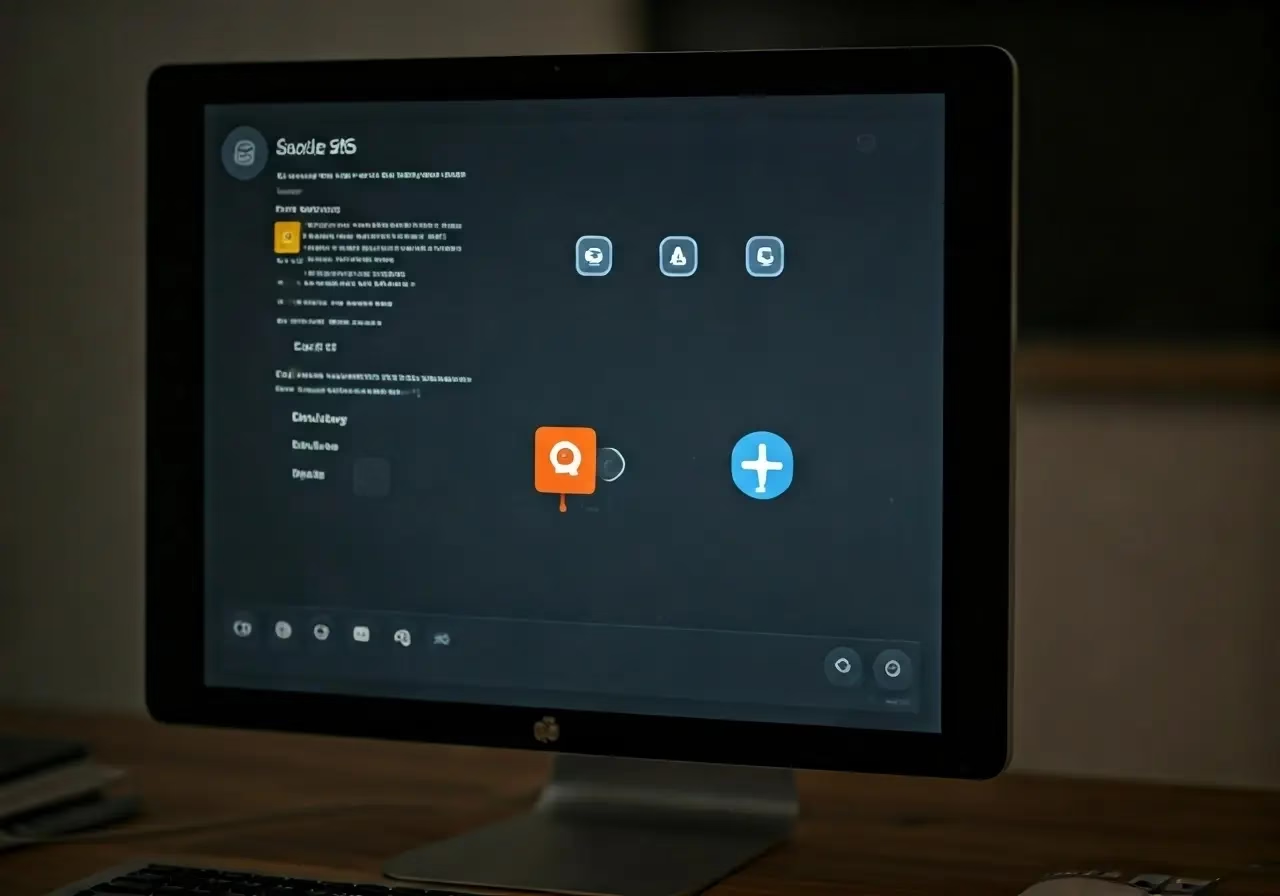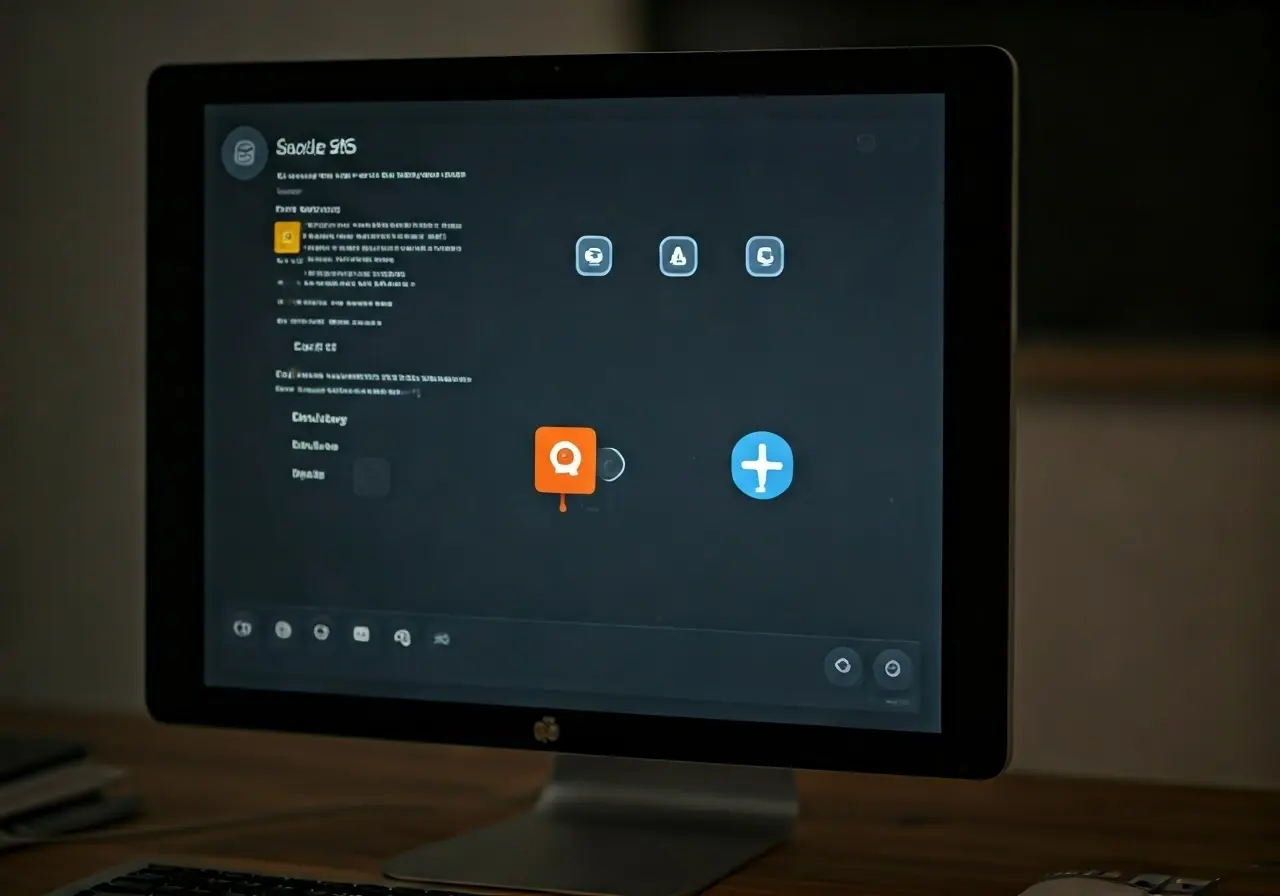In today’s digital landscape, securing your Office 365 environment is crucial for protecting sensitive information and maintaining business continuity. However, many organizations fall into common security pitfalls, leaving their systems vulnerable to threats. In this blog post, we’ll explore some frequent mistakes and provide practical solutions to enhance your Office 365 security.
1. Overlooking Multi-Factor Authentication
Multi-factor authentication (MFA) adds an additional security layer by requiring users to verify their identity using two or more methods. Unfortunately, many organizations still rely solely on passwords, making them susceptible to unauthorized access. The lack of MFA can be a substantial oversight in terms of security, potentially allowing bad actors to gain entry with relative ease. Enabling MFA could be as simple as sending a verification code to a user’s phone or email. This practice is a foundational step towards a safer Office 365 environment.
Even with strong password policies in place, it’s impossible to guarantee complete security without MFA. A password may be compromised through phishing attacks or social engineering, as described in Office 365 security overviews, which pinpoint common security weaknesses. Employing MFA means that a password is only a piece of the puzzle. An attacker would also need possession of something the user has, which could be a mobile device for receiving a code.
2. Ignoring Security Awareness Training
Employees are often the weakest link in cybersecurity. Without proper training, they might fall for phishing scams or inadvertently compromise system security. Regular security awareness training is essential for educating staff on best practices. Understanding tactics like phishing, which is responsible for up to 90% of data breaches, is crucial for defense strategies. Training can empower employees to recognize and report suspicious activities before damage occurs.
Employees should also be taught the importance of strong passwords and how to avoid using simple, easily cracked passwords. Often, breaches occur not because of complex hacking techniques but due to simple human errors. Encourage employees to use password managers and practice creating complex, unique passwords for their accounts. Providing practical training with real-world simulations helps reinforce these lessons and keep security top-of-mind.
3. Neglecting to Monitor User Activity
Monitoring user activities helps detect suspicious behavior early on. By setting up alerts and reviewing logs, organizations can quickly identify and respond to potential security breaches. Regular activity monitoring not only safeguards data but also ensures compliance with various security standards. For instance, detecting multiple failed login attempts could point to a brute-force attack, allowing you to act swiftly before a breach occurs.
It’s crucial to use built-in Office 365 features effectively for monitoring. Implementing capable logging practices can illuminate unusual access patterns, such as login attempts from atypical IP addresses or unexpected file access outside of standard hours. Enabling advanced threat protection solutions can further enhance monitoring efforts. Such proactive approaches ensure anomalies are caught early, mitigating the risk of significant breaches or data losses.
4. Failing to Apply Security Patches
Keeping software up to date is crucial for protection against known vulnerabilities. Unfortunately, patch management often slides down the priority list, leaving systems exposed to exploitation from outdated software versions. When security patches are released, they address vulnerabilities that hackers might exploit, making it essential to apply them promptly. Regularly updating your software and applications helps seal potential points of entry for cybercriminals.
Many high-profile breaches could have been avoided with timely application of patches. The cost of a data breach, both in terms of finances and reputation, can far outweigh the effort needed to implement updates. As covered in network security essentials, automated patch management tools can simplify this process, ensuring that updates happen in a timely and organized fashion without disrupting business operations.
5. Improperly Configured Permissions
Too often, organizations assign broad administrative permissions, leading to unintended data access. Implementing the principle of least privilege can minimize access to sensitive information. This principle dictates that users should only have the permissions necessary to perform their job functions—no more, no less. By configuring permissions carefully, you can ensure that sensitive information is only accessible to those who genuinely need it.
Misconfiguration often arises in well-intentioned efforts to maintain smooth workflows, but it can expose an organization to significant risks. Administrators should regularly review user permissions to ensure compliance with least privilege principles. Implementing role-based access control (RBAC) can streamline this process by grouping users with similar roles and assigning permissions on a role basis, simplifying the management of large user bases.
In addition to ensuring restricted data access, proper permissions management requires vigilance against human error and malicious intent. As highlighted in discussions about Office 365 security concerns, permissions missteps can open doors to data breaches. Regular audits should be conducted to confirm that permissions align with current roles and responsibilities, minimizing the exposure of sensitive business data.
6. Data Loss Prevention Policies Oversight
Data loss prevention (DLP) policies help prevent sensitive information from being shared inappropriately. Ensuring these policies are correctly configured can protect your data from leaks. These policies can automatically flag, quarantine, or block sensitive files from being sent to unauthorized parties, thereby maintaining confidentiality.
Without robust DLP policies in place, the risk of data leakage amplifies. Office 365 offers native tools for configuring DLP policies, allowing companies to set rules around what data can be shared outside the organization. Utilizing these tools can prevent information from falling into the wrong hands. Having comprehensive DLP also aids in compliance with data protection regulations, offering another layer of organizational security and peace of mind.
7. Disregarding Secure Mobile Access
With remote work on the rise, secure mobile device access to Office 365 is vital. Implementing mobile device management ensures data remains protected even outside the office environment. This approach governs how corporate data is accessed and manipulated on mobile devices, safeguarding against breaches from lost or stolen devices.
Many employees now access Office 365 from smartphones and tablets, which, while convenient, may not always be secure. Technology, such as mobile application management (MAM), can dictate how and when the apps are utilized. Furthermore, employing features like remote wipe capability ensures that in the event of a lost device, sensitive data can be promptly removed, maintaining organizational security integrity.
A critical mistake is underestimating the threats associated with mobile access. Comprehensive security policies for mobile devices should mirror those for office-based systems, closing any loopholes that could be exploited by cybercriminals. Consistent security measures across all platforms ensure that organizational data remains secure, regardless of how or where it is accessed.
8. Unsecured Application Integrations
Integrations with third-party applications can introduce vulnerabilities if not managed correctly. Regular audits and usage controls can help mitigate these risks. These applications often have access to significant portions of your data, and if they lack strong security measures, this introduces potential points of compromise.
The convenience that comes with third-party integrations should never outweigh the imperative for stringent security. Thorough vetting of each application should be prioritized, assessing both its utility and its ability to secure your data effectively. Maintaining a list of approved integrations and monitoring their access is also crucial.
Given the dynamic nature of app environments, regular audits form a vital component of securing integrations. These efforts should evaluate permissions the third-party solutions require and whether those permissions are aligned with their functional purposes. It’s vital to keep abreast of evolving best practices, as discussed in security strategies, to ensure continued protection and risk management.


